Robert A. Meyers9780122274107, 0122274105
The new 18-volume edition of the Encyclopedia of Physical Science and Technology, 3E, will have the added feature of an Index Volume, containing abstracts of all of the articles in the encyclopedia.
The latest edition of the Encyclopedia of Physical Science and Technology:
Has been completely updated with no less than 90% revised material and 50% new content throughout the volumes
Presents eighteen volumes, nearly 800 authoritative articles and 14,500 pages
Is lavishly illustrated with over 7,000 photographs, illustrations and tables
Presents an increased emphasis on the hottest topics such as information processing, environmental science, biotechnology and biomedicine
Includes a final Index Volume containing Thematic, Relational and Subject indexes
Table of contents :
Cover Page……Page 1
Table of Contents……Page 2
Glossary……Page 3
Catabolic Metabolism: The Synthesis of ATP……Page 4
Glycolysis and Fermentation……Page 5
Oxidation of Pyruvate: The Citric Acid Cycle……Page 6
Oxidation of Fats and Oils, Major Metabolic Fuels……Page 9
Catabolism of Proteins and Amino Acids……Page 10
Light Reactions……Page 11
CO2 Reduction……Page 13
Origin of Mitochondria and Chloroplasts……Page 14
Ion Transport……Page 15
Biosynthetic Use of ATP……Page 17
Concluding Statements……Page 18
References……Page 19
Introduction to Enzymes as Catalysts……Page 20
Enzyme Kinetics……Page 21
α-Chymotrypsin……Page 22
Dihydrofolate Reductase……Page 24
Phosphate Transfer……Page 26
Triosephosphate Isomerase……Page 27
Aspartate Aminotransferase……Page 28
Cytochrome P450……Page 30
Origins of the Catalytic Efficiency of Enzymes……Page 31
References……Page 32
Introduction……Page 33
Chlorophylls……Page 34
Carotenoids……Page 35
Anthocyanins……Page 37
Other Flavonoids……Page 40
Betalains……Page 41
The Maillard Reaction (Maillard Browning)……Page 42
Color Additives In Foods……Page 45
See also the Following Articles……Page 47
References……Page 48
Glossary……Page 49
Monosaccharides……Page 50
Derivatives—Natural and Laboratory……Page 53
Reactions at the Carbonyl Group……Page 54
Reaction at the Anomeric Hydroxyl Group……Page 55
Biosynthesis……Page 56
Oligosaccharides……Page 57
Homopolysaccharides……Page 58
Heteropolysaccharides……Page 59
O-Linked Glycoconjugates……Page 61
Analytical Methods……Page 64
References……Page 65
Glossary……Page 66
Relationship between Transmembrane Inorganic Ion Flux and Transmembrane Potential……Page 67
Mechanism of Transmembrane Inorganic Ion Flux……Page 68
Inorganic Ion Transport and the Perception of Light……Page 70
Inorganic Ion Transport and Integration of Environmental Information……Page 71
Inorganic Ion Transport and the Rapid Transmission of Electrical Signals over Long Distances, up to ~1m……Page 72
Properties of the Protein (Potassium Channel) that Allows K+ but Not Na+ to Cross the Membrane……Page 73
References……Page 74
Glossary……Page 76
Lipid Absorption……Page 77
Plasma Lipoprotein Structure……Page 78
Chylomicron Metabolism……Page 79
Apolipoproteins Mediate Lipoprotein Metabolism……Page 81
The Ldl Receptor……Page 83
Familial Hypercholesterolemia……Page 84
How do Sterols Regulate Gene Expression?……Page 85
CD-36……Page 86
Hdl and “Reverse Cholesterol Transport”……Page 87
Tangier Disease and Familial Hypoalphalipoproteinemia……Page 88
Common Isoforms of Apolipoprotein E (apoE)……Page 90
Familial Combined Hyperlipidemia and Hypertriglyceridemia……Page 91
Treatment of Lipoprotein Disorders……Page 92
References……Page 93
Glossary……Page 94
Introduction……Page 95
Membrane Lipids……Page 96
Ester Linkage of the sn-2 Fatty Acyl Chain is Part of the Lipid–Water Interface……Page 97
Phospholipid Headgroup Response to Ions……Page 98
Fatty Acyl Chain Order in Saturated Lipid Membranes……Page 99
Incorporation of cis-Double Bonds……Page 100
Effect of Cholesterol on the Order and Motion of the Lipid Hydrocarbon Chains……Page 102
Phase Behavior of Lipids and Membrane Domain Formation……Page 103
Order and Fluidity in the Presence of Transmembrane Proteins……Page 104
References……Page 106
Glossary……Page 107
Phenolic Antioxidants……Page 108
Glutathione……Page 110
Lipoic Acid……Page 111
Ethylene Diamine Tetraacetic Acid……Page 112
Ascorbate Peroxidase……Page 113
References……Page 114
Glossary……Page 115
Basic Chemical Structure……Page 117
Size, Structure, Organization, and Complexity of Genomes……Page 119
Information Storage, Processing, and Transfer……Page 120
DNA Sequence and Chromosome Organization……Page 121
Similarity of DNA and RNA Synthesis……Page 122
Multiplicity of DNA and RNA Polymerases……Page 124
Regulation of Bacterial DNA Replication at the Level of Initiation……Page 125
General Features of Eukaryotic DNA Replication……Page 126
Fidelity of DNA Replication……Page 127
Maintenance Of Genome Integrity……Page 128
Episomal DNA and Recombinant DNA Technology……Page 129
Polymerase Chain Reaction (PCR)……Page 130
Transcriptional Processes……Page 131
Regulation of Transcription in Bacteria……Page 132
Eukaryotic Transcription……Page 133
RNA Splicing in Metazoans……Page 134
Regulation of Transcription via Chromatin Structure Modulation in Eukaryotes……Page 135
Chemical Synthesis Of Nucleic Acids (Oligonucleotides)……Page 136
References……Page 138
Introduction……Page 139
Stability of the Tertiary Fold……Page 140
General Experimental Strategies……Page 142
Basic Thermodynamic Relationships……Page 143
Circular Dichroism……Page 145
Fluorescence……Page 146
Differential Scanning Calorimetry……Page 147
Other Experimental Methods……Page 148
References……Page 149
Introduction……Page 151
Amino Acids……Page 152
Post-Translational Modifications……Page 154
X-Ray Crystallography……Page 155
Conformational Restrictions on the Polypeptide Chain……Page 156
α-Helix……Page 157
Collagen Helix……Page 158
β-Sheet……Page 159
Protein Stability……Page 162
Hydrophobic Effect……Page 163
Disulfide Bonds……Page 164
Protein Folding Rules……Page 165
Protein Folds……Page 166
All α-Proteins……Page 167
All β-Proteins……Page 168
TIM Barrel……Page 170
Membrane Proteins……Page 172
α-Helical Membrane Proteins……Page 173
Other Membrane Motifs……Page 174
Quaternary Structure……Page 176
Viruses……Page 177
References……Page 178
Information Transfer and the Genetic Code……Page 179
Transfer RNAs……Page 181
Aminoacyl–tRNA Synthetases……Page 182
Editing by AARSs……Page 183
Mechanistic Clues from Structural Studies……Page 184
Novel Functions of AARSs……Page 185
The Message……Page 186
Initiation Factors……Page 187
Decoding According to Base Pairing……Page 188
Elongation Factors……Page 189
Molecular Mimicry by Translational Factors……Page 191
Selenocysteine Insertion at UGA Codons……Page 193
Accuracy Mechanisms……Page 194
Sequence Conservation of Ribosomal Components……Page 195
Recent High-Resolution Structures……Page 196
Mechanistic Clues from Structure……Page 197
Post-Translational Modifications……Page 198
Nonribosomal Peptide Synthesis……Page 199
References……Page 200
The Discovery of Vitamins and Coenzymes……Page 201
Nutritional Recommendations……Page 207
Coenzyme A, an Acyl Group Carrier and Activator……Page 211
Nicotinamide Adenine Dinucleotide (NAD+) and Flavin Adenine Dinucleotide (FAD), Hydrogen and Electron Carriers……Page 212
Cleaving C-C Bonds with the Help of Coenzymes……Page 213
Carriers of Single-Carbon Compounds, and Other Roles of Pterin Coenzymes……Page 216
Antioxidant Systems……Page 217
Vitamin K and Blood Clotting……Page 218
Recently Discovered Coenzymes and Prosthetic Groups……Page 219
References……Page 220
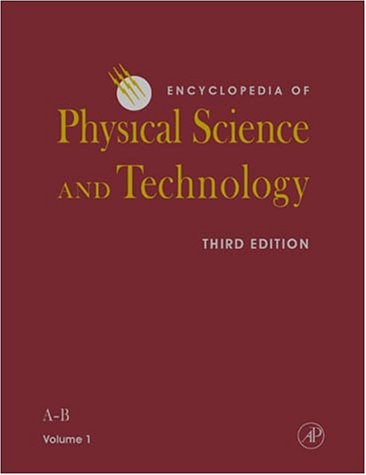
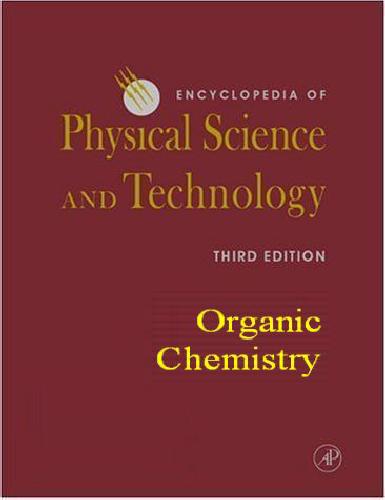
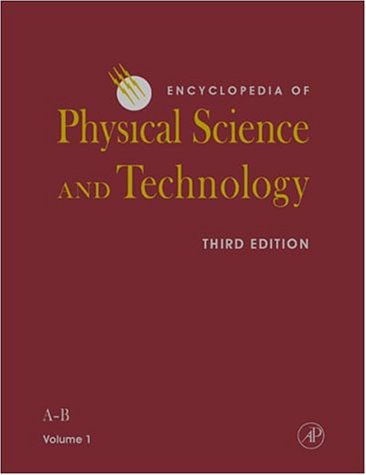
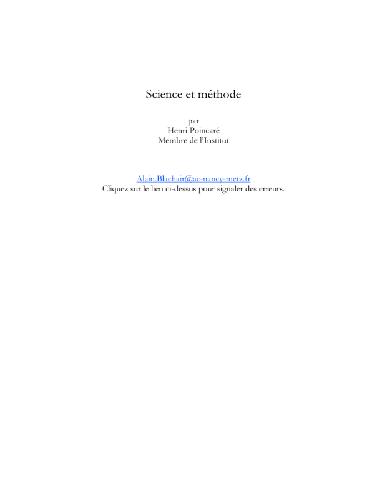

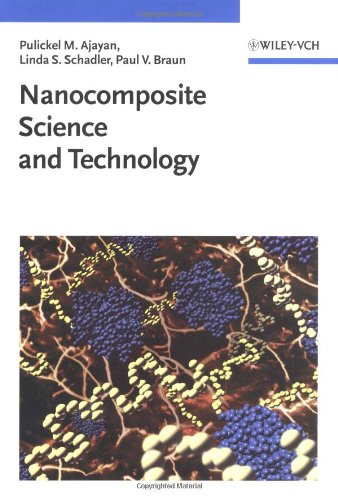

Reviews
There are no reviews yet.